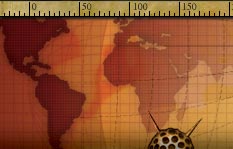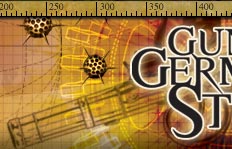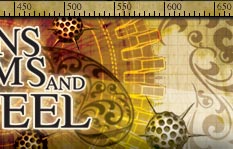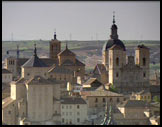 |
 |
 |
 |
|||||||||||
The Story Of... Cities and Civilizations The first great civilizations of the ancient world – Mesopotamia, Samarra, and Uruk – were born in the fourth millennium before Christ. They were home to great civilizations, built on the foundations of successful farming communities. The birth of farming in just a handful of places around the world had a profound impact on the course of human history. Wherever communities could produce a sufficient agricultural surplus, thanks to the domestication of local crops and animals, then villages, towns and cities would eventually follow.
Here, among the world's first permanent settlements, farming communities began to build larger and sturdier houses made of stone. They created pathways, staircases and public spaces. Experimentation with metal technology began. They pooled their resources, wove linen and wool from larger herds of animals, ventured abroad and exported their produce to neighbors far and wide. The earliest farmers provided food for the earliest builders, stonemasons, plasterers, blacksmiths, weavers and potters. Economic specialization had begun. With the urban explosion came culture and politics, democracy, dictatorship and war. Where the Fertile Crescent led, soon all of Eurasia would follow. Where to next? Get the "Story of..." Latitude and Climate or the Shape of the Continents. |
|||||||||||
 |
|
| Variables CROPS - Wheat - Rice - Corn - Sorghum ANIMALS - Cattle - Goats - Sheep - Pigs - Llamas - Horse - Zebra GERMS - Smallpox - Malaria TECHNOLOGY - Steel - Writing GEOGRAPHY - Latitude and Climate - Shape of the Continents - Cities and Civilizations |
|
